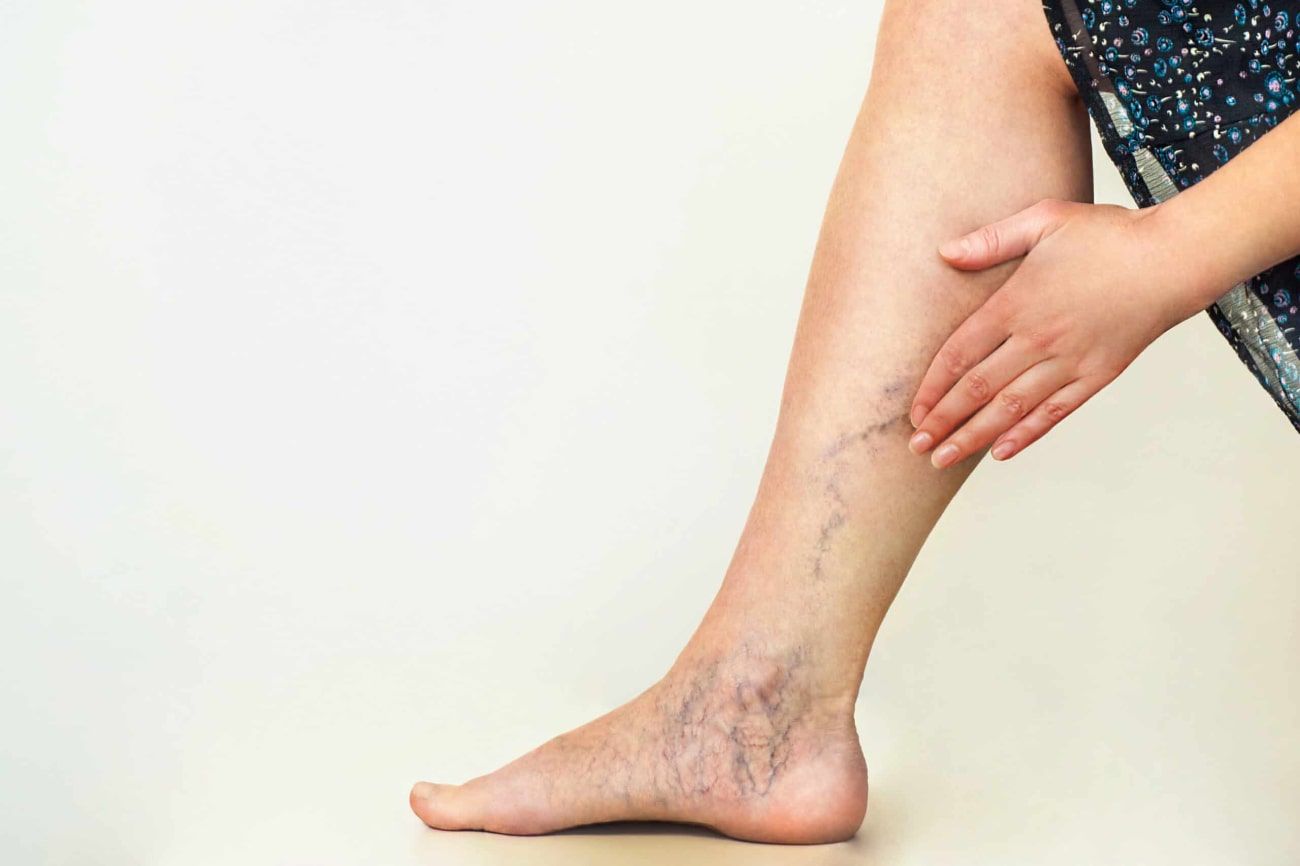What Leads to Varicose Veins?

Varicose veins are a common vascular condition that causes veins, typically in the legs, to become swollen, twisted, and enlarged. This condition occurs when the blood vessels, which carry blood back to the heart, malfunction, resulting in blood pooling in the veins. Over time, the veins become visible on the skin's surface, often appearing bluish or purplish.
In this blog, we will understand the causes of varicose veins and some crucial steps to prevent this condition.
Common Causes of Varicose Veins
Here are some key factors contributing to the development of varicose veins, affecting circulation and vein function.
-
Age
As we age, the valves in our veins can weaken, making it harder for blood to flow smoothly. Over time, this can lead to varicose veins, especially in those over 50. Age-related changes in vein elasticity can also contribute to vein enlargement.
-
Gender
Women are more likely to develop varicose veins than men. Hormonal changes during pregnancy, menstruation, and menopause can relax vein walls, increasing the risk. The increased hormone progesterone levels during pregnancy can also weaken vein walls, contributing to varicose veins.
-
Family history
Varicose veins tend to run in families. If your parents or grandparents had varicose veins, you may be at a higher risk of developing the condition yourself. Genetics plays a role in the strength of vein valves and the elasticity of vein walls.
-
Obesity
Being overweight or obese puts additional pressure on the veins, particularly in the lower body. Excess body weight can weaken vein walls and make it more difficult for the veins to return blood to the heart.
-
Prolonged standing or sitting
People who work in jobs that require prolonged sitting or standing are more likely to develop varicose veins. When blood flow is restricted due to stationary postures, pressure builds up in the veins, which can lead to varicose veins. Moving regularly and avoiding long periods of immobility can help prevent this condition.
Where Do Varicose Veins Appear?
Varicose veins most commonly appear on the lower half of the body, particularly on the calves, ankles, and feet. They can also develop in the pelvic region, a condition known as pelvic congestion syndrome, which is more common in individuals who have had children. Additionally, hemorrhoids—varicose veins that form in the rectum—are another example of this condition.
How to Prevent Varicose Veins?
While it is impossible to prevent varicose veins completely, certain lifestyle changes can reduce the risk or ease symptoms.
-
Regular exercise
Regular physical activity, such as walking, cycling, or swimming, helps improve blood circulation and strengthens the muscles in your legs. This practice can reduce the pressure on your veins and prevent the development of varicose veins.
-
Healthy weight management
Keeping a healthy weight is essential to reduce the pressure on your legs and veins. Excess body weight can strain the veins, increasing the risk of varicose veins. A balanced diet and regular exercise can help you maintain an ideal weight.
-
Avoid prolonged sitting or standing
Sitting or standing for long periods can hinder proper blood flow, forming varicose veins. To promote healthy daily circulation, take breaks to walk around, stretch, and change positions.
-
Wearing compression stockings
Compression stockings apply gentle pressure to your legs, improving circulation and preventing blood from pooling in the veins. Wearing them, especially during activities that involve prolonged standing or sitting, can help reduce the risk of varicose veins.
-
Resting with elevated legs
Elevating your legs above the level of your heart when resting can help improve blood flow and reduce pressure on your veins. This simple practice can help prevent varicose veins and alleviate discomfort caused by poor circulation.
Varicose veins are a common but manageable condition. While several factors, including age, gender, genetics, and lifestyle, can contribute to their development, understanding the causes allows for better prevention and treatment. If you experience pain, swelling, or discomfort in your legs, you must speak with a healthcare provider to explore treatment options. Most individuals with varicose veins can manage the condition and lead a healthy, active life with proper care.
